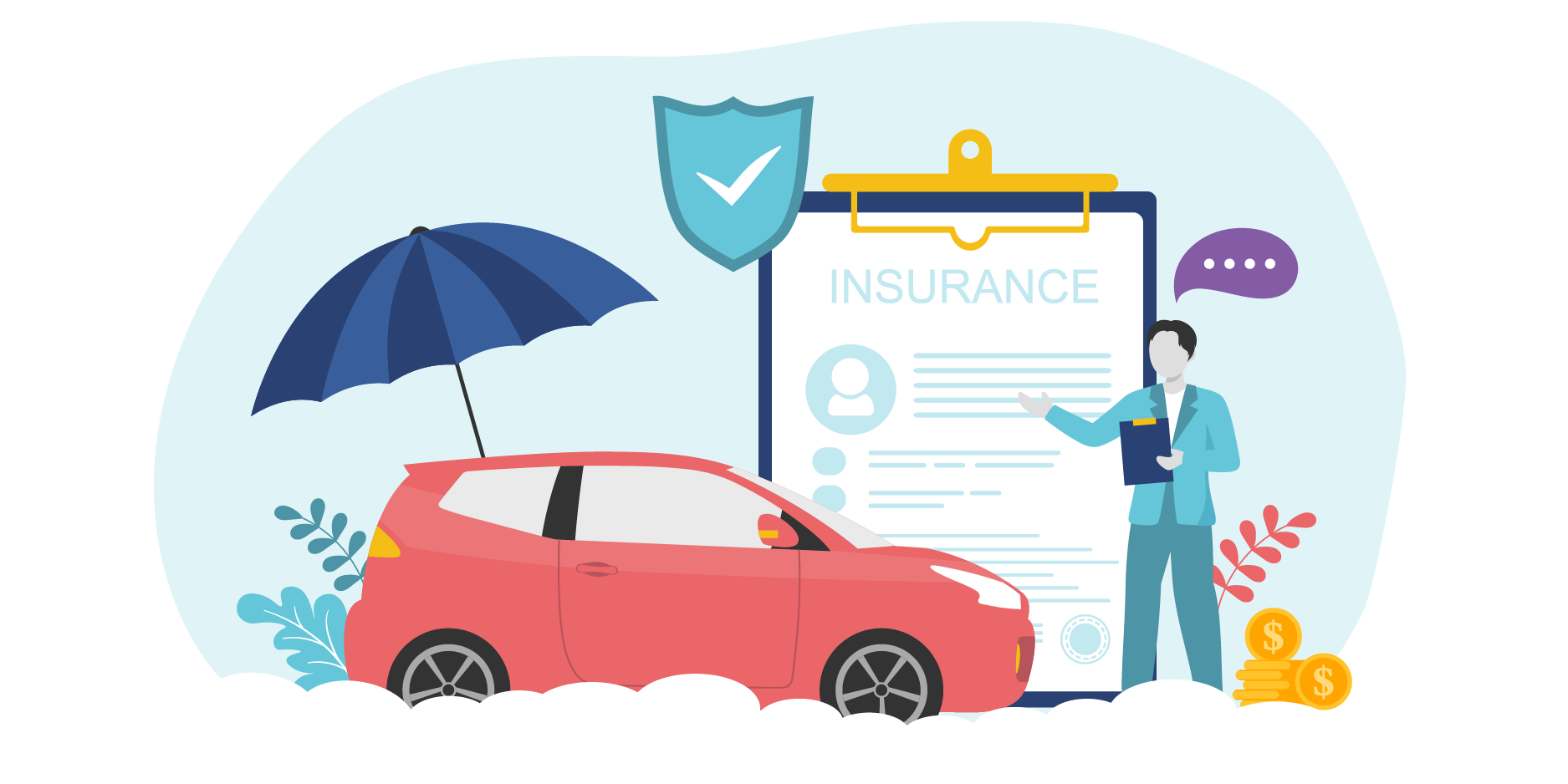The open road promises freedom, adventure, and the convenience of modern life. Your vehicle is more than just a machine; it’s a vital link that connects you to your daily life, your work, and your loved ones. However, the unexpected can happen in an instant, turning a routine drive into a stressful ordeal. This is where the crucial role of reliable car insurance comes into sharp focus.
Car insurance is not just a legal obligation—it is a critical financial shield that protects your assets, your well-being, and your peace of mind. For every driver, from the daily commuter to the weekend explorer, understanding and securing the right coverage is paramount.
The Imperative of Protection: Why Car Insurance Matters
At its core, car insurance is a contract where an insurer agrees to pay for specified losses in exchange for a premium. This agreement moves beyond simply covering damage to your car. It is fundamentally about protecting you from potentially catastrophic financial liability.
Imagine being at fault in a major accident. Without adequate insurance, you could be personally responsible for the other driver’s medical bills, property damage, and legal fees—costs that often skyrocket into tens or even hundreds of thousands of dollars. Reliable insurance acts as a necessary buffer, preventing a single unfortunate event from derailing your entire financial future.
Deciphering the Core Coverage Types
A reliable policy is built on a foundation of key coverage types. While minimum requirements vary by location, a comprehensive understanding of these pillars is essential for tailoring your protection:
1. Liability Coverage (The Legal Must-Have)
This is the most fundamental and often legally required component. It covers damages that you cause to others in an accident where you are at fault. It is typically split into two parts:
- Bodily Injury Liability: Covers medical expenses, lost wages, and pain and suffering for the people you injure.
- Property Damage Liability: Covers the cost of repairing or replacing property you damage, such as another vehicle, a fence, or a mailbox.
Key Takeaway: Many state-mandated minimums are insufficient for serious accidents. Choosing higher liability limits is one of the most important decisions you can make to protect your net worth.
2. Collision Coverage
Collision coverage pays for damage to your own vehicle resulting from an accident with another car or an object (like a pole or guardrail), regardless of who is at fault. If you have a car loan or lease, this coverage is almost certainly required by the lender.
3. Comprehensive Coverage
This coverage protects your vehicle from non-collision-related damage. This includes incidents like:
- Theft or vandalism
- Fire
- Falling objects (e.g., a tree branch)
- Damage from extreme weather (e.g., hail, flooding)
- Accidents involving animals (e.g., hitting a deer)
4. Uninsured/Underinsured Motorist (UM/UIM) Coverage
Sadly, not all drivers follow the law. This coverage protects you and your passengers if you are involved in an accident with a driver who has no insurance (uninsured) or a driver whose insurance limits are too low to cover your expenses (underinsured). This is a vital layer of protection that many drivers overlook.
5. Personal Injury Protection (PIP) and Medical Payments (MedPay)
These coverages help pay for medical expenses for you and your passengers after an accident, regardless of who was at fault. While both serve a similar function, PIP is broader and may also cover lost wages and essential services, and is required in “no-fault” states.
Tailoring Your Policy: Additional Essential Options
Beyond the core components, reliable insurance should be customizable to fit your specific needs:
- Gap Insurance: If your vehicle is totaled, gap insurance covers the difference between the car’s actual cash value (ACV) and the remaining balance on your loan or lease. Essential for new cars that depreciate quickly.
- Roadside Assistance: Provides help for flat tires, dead batteries, lockouts, and towing services.
- Rental Reimbursement: Covers the cost of a rental car while your vehicle is being repaired after a covered claim.
The Cost Equation: Factors Driving Your Premium
Car insurance premiums are calculated based on risk. Insurers assess numerous factors to determine the likelihood of you filing a claim, and the potential cost of that claim. Understanding these factors empowers you to manage your costs:
| Factor | Influence on Premium | Strategy for Lower Cost |
| Driving History | Accidents and tickets increase risk and cost. | Maintain a clean driving record. Utilize safe-driving programs (telematics). |
| Vehicle Make/Model | Sports cars and high-value luxury vehicles cost more to repair/replace. | Choose vehicles with high safety ratings and lower repair costs. |
| Location (ZIP Code) | High traffic density and crime rates increase risk of theft/accidents. | Rates are location-dependent, but garage your car securely if possible. |
| Coverage/Deductible | High limits and low deductibles mean higher premiums. | Increase your deductible to a comfortable out-of-pocket amount to lower the premium. |
| Mileage | High annual mileage indicates increased exposure to risk. | Drive less if possible; explore usage-based insurance if you are a low-mileage driver. |
| Age and Experience | Younger, less experienced drivers typically face higher rates. | Rates naturally decrease with age and experience, especially after age 25. |
Your Action Plan: Securing Reliable Coverage
Finding reliable coverage is a proactive process, not a one-time transaction.
- Assess Your Needs: Review your assets. If you have significant savings and property, you need high liability limits to protect them. If your car is new or financed, you need collision, comprehensive, and potentially gap insurance.
- Comparison Shop Diligently: Do not settle for the first quote. Insurance providers use different algorithms, meaning the same coverage can cost hundreds of dollars more or less depending on the company. Use comparison tools or speak to an independent agent to get a wide range of quotes.
- Bundle and Seek Discounts: Ask your insurer about all available discounts. Common savings opportunities include:
- Bundling auto and home/renters insurance.
- Good student and student away at college discounts.
- Discounts for vehicle safety features (anti-lock brakes, airbags).
- Multi-car discounts.
- Review Annually: Your life changes, and so should your policy. Get new quotes annually or whenever you have a major life event (e.g., getting married, buying a new car, moving to a new house) to ensure you are getting the best rate for your current situation.
Conclusion: Driving with Confidence
Reliable car insurance is the investment that protects the things that move you—your car, your finances, and your ability to drive with confidence. By understanding the different types of coverage, carefully evaluating your risk profile, and proactively shopping for the best policy, you ensure that you are fully prepared for whatever the road ahead may bring. Don’t just meet the minimum requirements; secure a policy that truly protects your life on the move.
Would you like me to find some current options for car insurance discounts or compare typical premiums for a specific driver profile?






